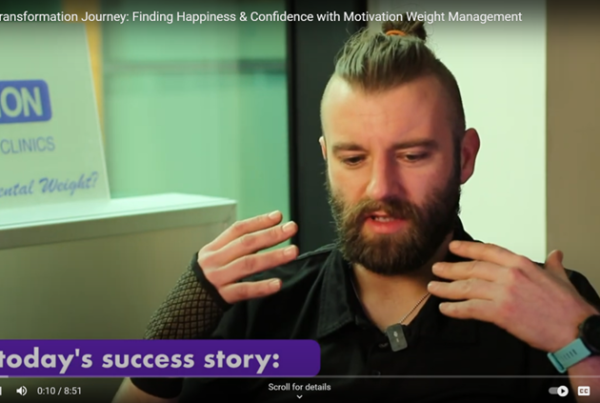
Turning to food for comfort — either consciously or unconsciously — when stressed, anxious, bored or upset is a long-standing habit. If we stop and think about it, we’ll tend to notice that these slips usually happen when we’re at our weakest point emotionally, or when we’ve had a particularly hard day.
An emotional eating slip usually involves a specific food craving, such as those from the sugar/processed carb category .
The problem with emotional eating is that it can seriously sabotage our weight-loss efforts, causing us to gain weight or even stand still – so disheartening when we really had worked hard that week or month.
Not only that, it triggers intense feelings of guilt and defeat which, in turn, can lead us to wanting to throw in the towel when it comes to our weight loss goals.
4 Steps To Banish Emotional Eating
1) CHECK IN WITH YOUR EMOTIONS:
Have a conversation with yourself. It’s time to start becoming much more aware of yourself by ‘checking in’.
Try naming it, and then sit with it a while. Accept and validate your feelings. Give yourself permission to have these emotions. Try not to judge yourself for having this feeling of anxiety, stress, boredom or sadness. It’s a feeling – let it in. Accept it fully. The huge benefit is a deeper connection with yourself, and a reduction in this type of self-sabotaging behaviour.
2) ENGAGE THE ‘STOP’ BUTTON:
A fantastic achievement for anyone is when they manage to STOP eating the food or drinking that drink which they KNOW is counter-productive. Start getting back some control by engaging the STOP button. Stop what you’re doing. Put the food or drink down. Even better, toss it down the sink or into the bin.
Take a few deep breaths. Become aware of breathing in through your nose, and out through your mouth. Notice yourself calming down. Place your hand on your chest to connect with yourself.
Observe what you’re experiencing right now. Become aware of thoughts, emotions and feelings. Thoughts are not facts. They can be distorted. Name the emotion – even say it out loud – so that you get a chance to turn down the volume on the fear circuit in your brain. Notice your body – is it starting to let go of that initial tension?
Proceed with something that will support you in that moment. Treat this as an experiment, so that you learn how to take back control and to connect with yourself in a real way. Whatever you ate, and regardless of how much, work hard NOT to feel guilty… move forwards with your eating plan as normal.
3) DIP INTO THE BRAIN – WHAT IS IT TELLING YOU?
Now that you’ve had a bit of space and time, the next step is to start looking at our distorted thoughts. These are thoughts that have perhaps become a bit too negative, unrealistic or self critical. We believe are thoughts to be fact, when they are far from it.
What message are you ‘playing’ to yourself with your thoughts – think of it as a CD or a podcast. Is it on a negative loop? Are your thoughts very harsh (to ourselves and/or others)? Are they realistic? Or do we tend to get into black and white/all or nothing thinking? Are you imagining the worst? Are you your own worst critic? Do you give yourself permission to make mistakes?
What is most exciting in this field of study is that psychologists know that we have the power to change our own emotions. We do this by changing the thoughts we are having. The way we can do this is by analysing our thought process prior to the emotion – and working on that to change our thoughts to more positive one.
This process of challenging your own thoughts takes practice but it CAN be learnt over time. The results can be life-changing.
4) SOOTHE YOURSELF IN OTHER WAYS:
Let it out if you’re feeling strong emotions, try shouting in a private room or playing loud music in your car; running or walking briskly around the block or dancing to your favourite music.
- Call someone close to you – Connecting with someone who knows you and whom you trust can make a huge difference.
- Get out: Sometimes boredom or loneliness can be your emotional trigger. So, break the routine.
- Write in a journal: Some people find it useful to keep a journal. Write three things you’re grateful for each day. It’s enough to make you feel more positive overall, reducing the need to emotionally eat.
- Breathe: Try this simple exercise: empty all the air slowly from your lungs, and count on your fingers as you do this. Then inhale. Try to do it again, extending the time you exhale. This will help you to reconnect with yourself and to be in the moment.
- Soothe: Sip on your favourite herbal tea, light tea lights around the house, or a beautiful scented candle – whatever works for you to help you feel soothed and loved.



